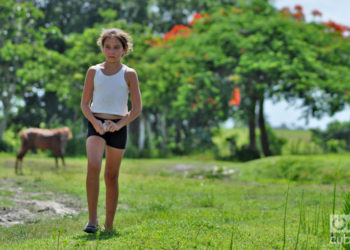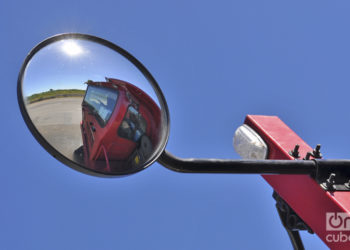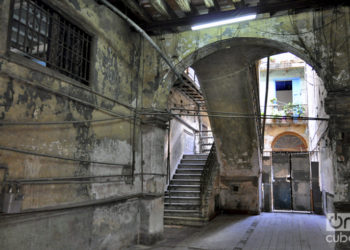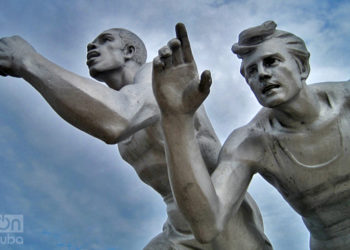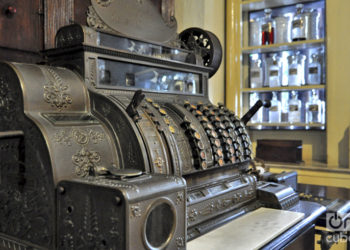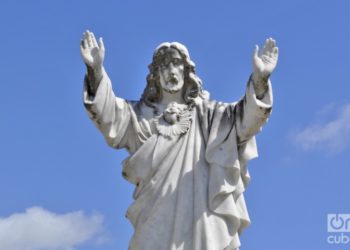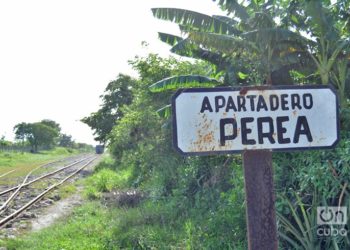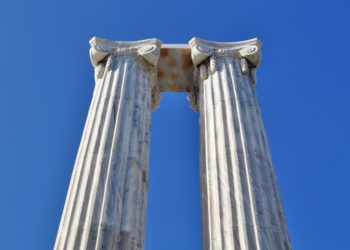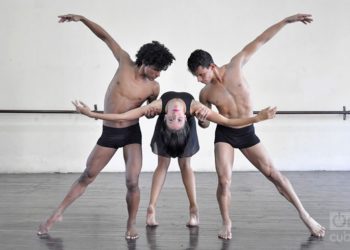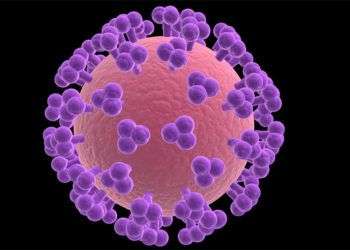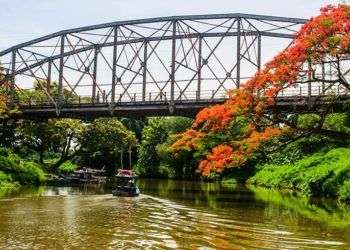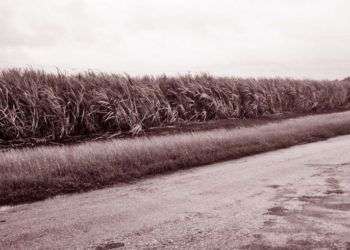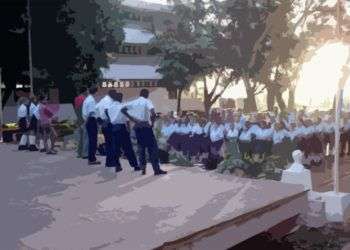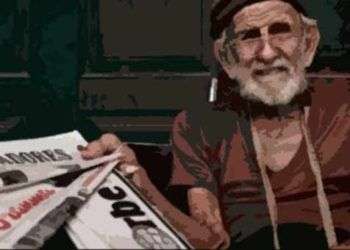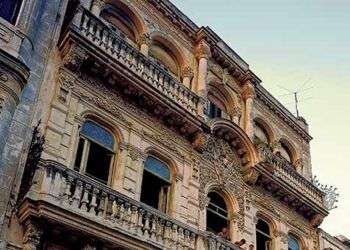A Cuban in Space
I’m from a generation that lived the dream of conquering space, of thousands of children who dreamed about being cosmonauts. A Cuban had done it, everything was possible. Before Arnaldo Tamayo Méndez took off with Yuri Romanenko on the famous Soyus 38, already 36 years ago, few dreamed that someone born on the island would “go” to outer space. Not only was he the first Cuban cosmonaut but also the first in Latin America. A bright path was opening up…that immediately was closed again. Will there be another Cuban astronaut? I’m sure hundreds of pilots have dreamed of that possibility, which right now doesn’t seem very probable. And if someone were to ask the children here what they want to be when they grow up, how many would say “cosmonauts”? I bet not very many, almost none. But at least we have the memory of a historic flight which moved the entire country. The Guantánamo Provincial Museum has a room dedicated to the event, in which it stores, among other objects, the capsule in which the two cosmonauts returned to earth. It’s there, one can even touch it. Arnaldo Tamayo Méndez was born 74 years ago, precisely in Baracoa, Guantánamo....


